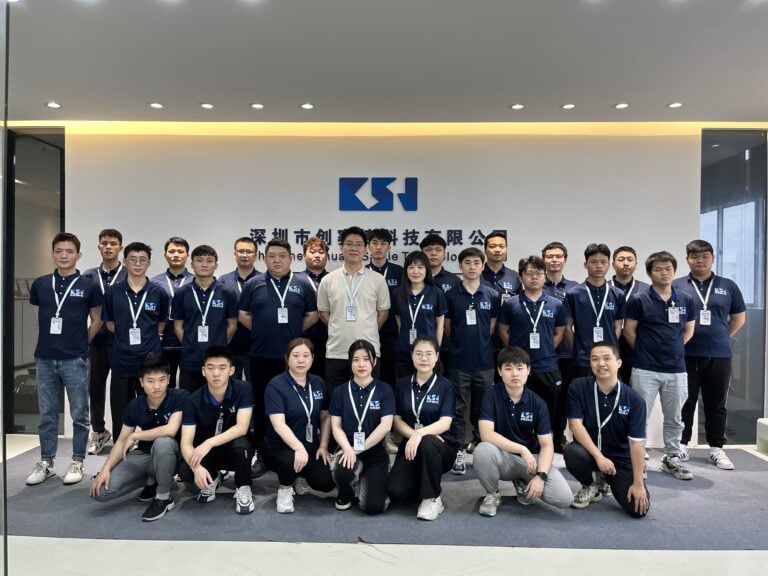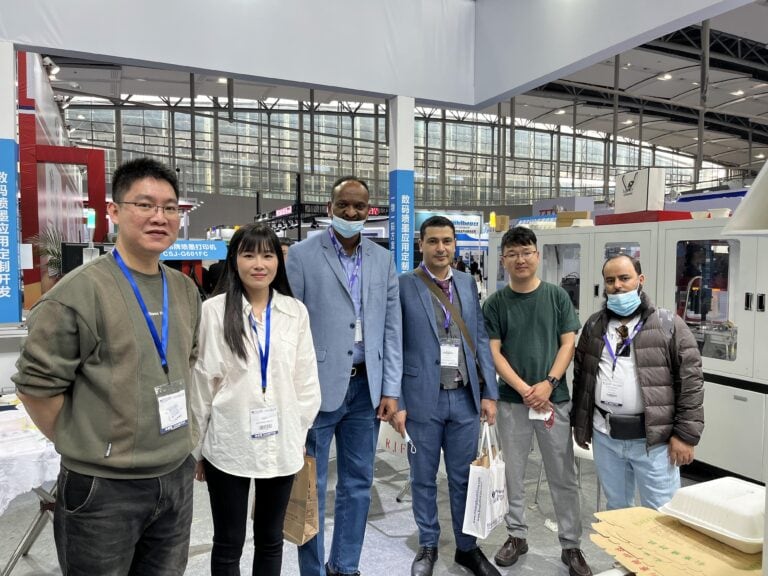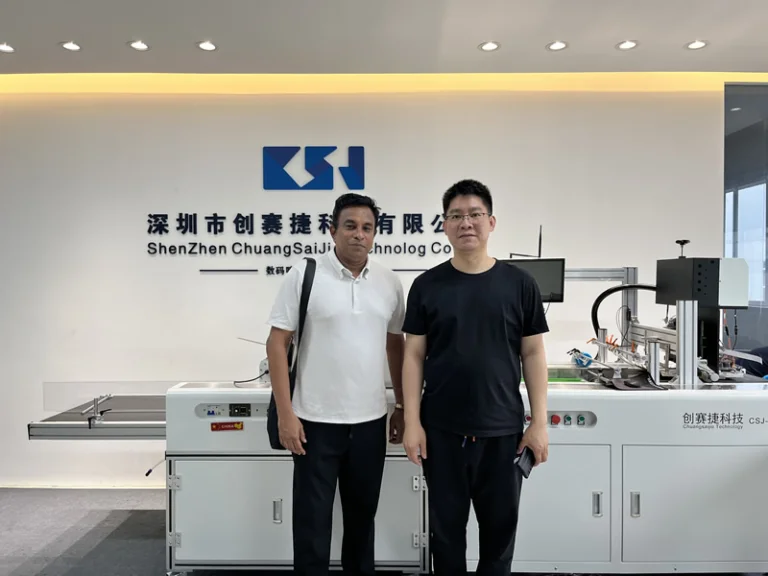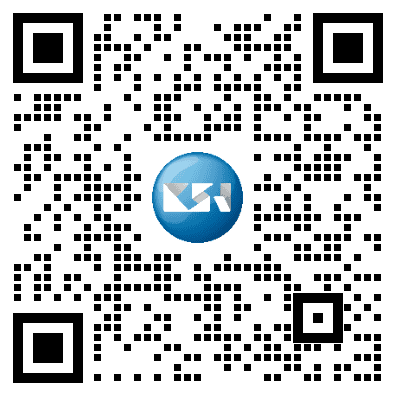Improving the adhesion of UV ink in coding systems is crucial, especially when compared to other inks that cure through heat, as UV ink offers the advantages of fast drying and low VOC content. However, on some non-absorbent substrates, the instantaneous drying of UV ink sometimes results in low adhesion to the substrate. While the degree of adhesion needed depends on the final use environment and purpose of the coded product, there are methods to enhance the adhesion of UV ink to substrates.
Corona treatment is a method to improve the adhesion of UV ink by using electrical discharge. The positive and negative poles of the corona device are connected to the ground and the inducing air nozzle, respectively. High voltage and frequency are used to eject electrically charged molecules from the inducing air nozzle, carrying high-energy free electrons accelerating towards the positive pole. This process changes the polarity of non-absorbent materials and increases surface roughness, enhancing the ability to bond with the ink, achieving proper UV ink adhesion, and improving the durability of the ink layer.
However, materials treated with corona tend to have poor surface tension stability over time, with the corona effect gradually weakening, especially when stored in humid environments. When using corona-treated substrates, it is essential to collaborate with suppliers to ensure the substrate’s freshness. Common corona-treated materials include PE, PP, nylon, PVC, and PET.
In many cases, cleaning the substrate with alcohol can enhance UV ink adhesion. If the substrate has very poor adhesion to UV ink, or if there are high requirements for UV ink adhesion, consider using a primer or adhesion promoter for UV ink. Primers can effectively bond with the polar groups on various smooth substrate surfaces like glass, ceramics, metals, and stainless steel, rapidly forming a high-gloss, transparent film on the substrate surface.
After applying a primer on non-absorbent substrates, UV ink adhesion can be significantly improved, achieving the desired adhesion effect. Unlike corona treatment, chemical primers do not contain non-polar oily molecules, effectively eliminating the instability issues caused by the migration of such molecules. However, the application range of primers is selective, with better effects on substrates like glass, ceramics, metals, acrylic, and PET.
To improve UV ink curing and thus enhance adhesion, several approaches can be taken:
- Increase the power of the UV curing lamp: This generally enhances ink adhesion across most substrates. It’s particularly important for multi-layer coding, ensuring that the first layer of UV ink is fully cured before applying the second layer.
- Reduce coding speed: Lowering the speed while increasing UV lamp power can also improve ink adhesion, though it may cause curling in susceptible substrates.
- Extend curing time: It’s important to note that UV ink continues to cure after application, especially within the first 24 hours, which improves adhesion.
- Check the UV lamp and its accessories: If adhesion decreases on substrates that usually bond well, it’s necessary to check the UV lamp and accessories for functionality. Regular maintenance and replacement of UV lamps past their lifespan are essential to prevent reduced curing power.
Additionally, reducing ink layer thickness can also aid in better substrate adhesion, as excessive ink application can lead to incomplete curing of the ink’s bottom layers, potentially causing the ink to flake off during subsequent processing steps. Controlling ink volume and adjusting colors to be darker during mixing can help in applying thinner, fully cured layers of ink. Ensuring the substrate surface is free from oily substances is also crucial for optimal adhesion.







